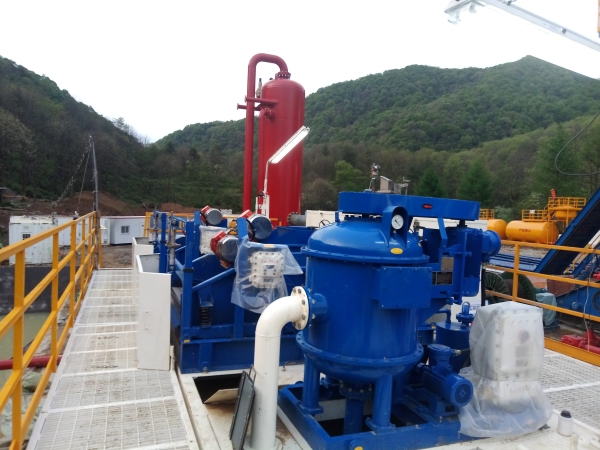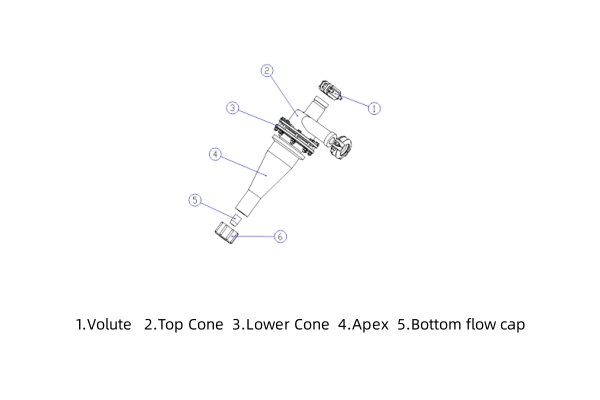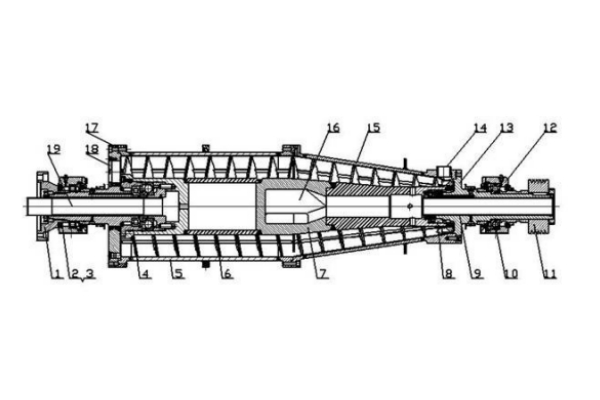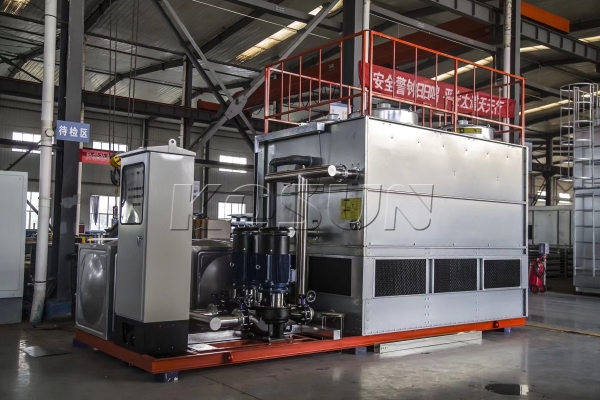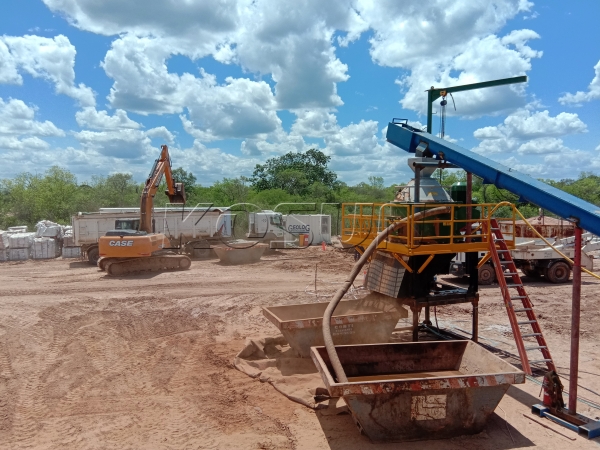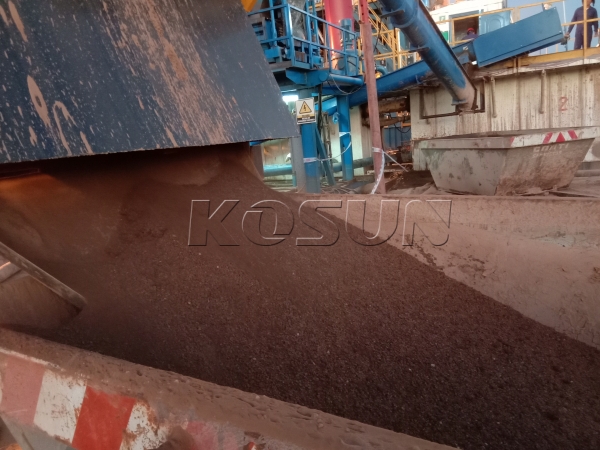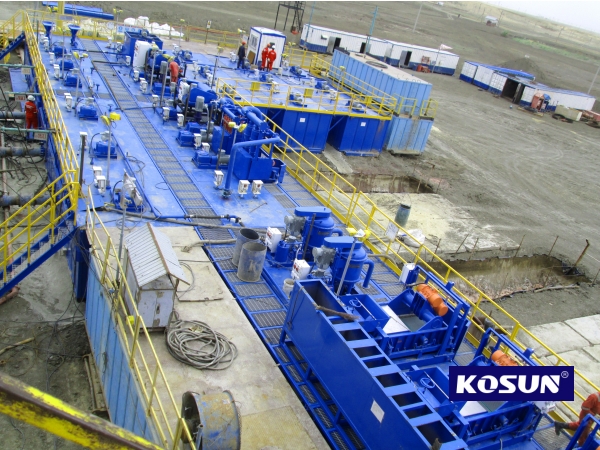In oil field drilling operations, mud systems play a critical role in delivering drilling fluid (mud) to the bottom of the well, maintaining wellbore stability, cooling the bit, reducing friction between the bit and the hole, and carrying cuttings from the bottom hole to the surface. High mud system… Operation is critical to the smooth running of drilling operations. However, mud systems often accumulate a large amount of mud residue after a long period of operation, resulting in reduced operating efficiency and damage to bottom-hole stability. To solve this problem, the mud gun-mud tank cleaning equipment came into being and became a helpful assistant in oil drilling operations.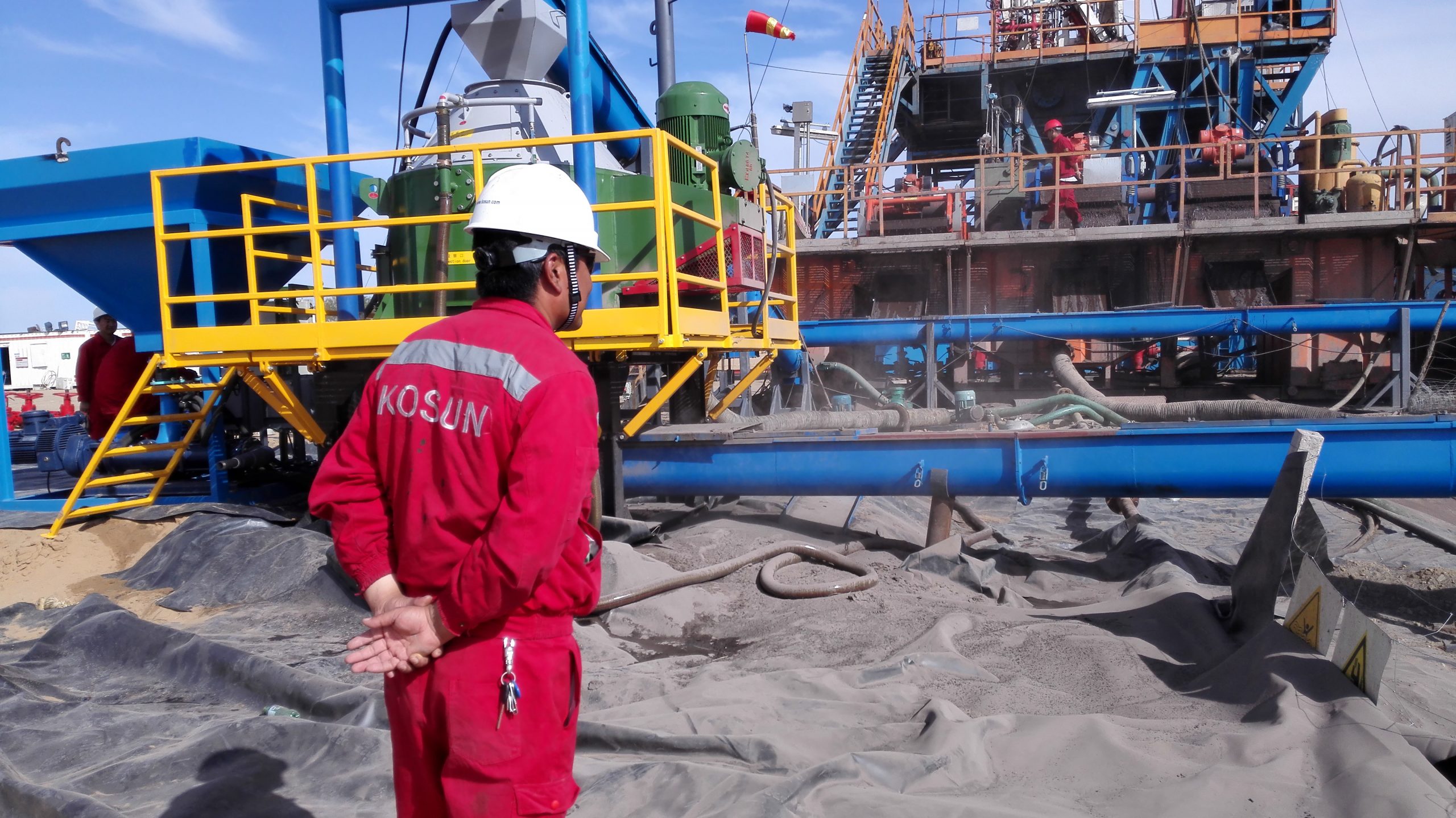
- Working principle of the device
Mud gun-mud tank cleaning equipment uses the principle of high-pressure water flow and mechanical rotation to quickly wash and remove residual mud, cuttings, and solid particles from the mud system. Through the impact of high-pressure water flow, the equipment can quickly wash the mud residue attached to the wall of the mud tank, improve the cleanliness of the mud system, and maintain the efficient operation of the system.
2. Device features
High… Cleaning: The equipment adopts a combination of high-pressure water flow and mechanical rotation, which can… Clean the mud tank, mud gun, and other equipment, and keep the system clean.
Water conservation: equipment adopts high-pressure water flow technology, nozzle design fine… Can maintain the cleaning effect at the same time… Maximize the conservation of water resources.
Easy to operate: The equipment is compact and easy to operate, and only the operator can click the button to complete the cleaning task and improve the working efficiency.
Strong adaptability: The equipment can be customized according to the needs of different mud systems, to adapt to different specifications, models of mud tanks, and mud guns.
- Application scope
Mud gun-mud tank cleaning equipment is widely used in oil drilling operations, which can not only improve the cleanliness of the mud system, and extend the service life of the equipment, but also reduce the maintenance cost and improve the operation efficiency. The equipment is also suitable for other industrial areas where cleaning mud systems are required, such as mines, construction, etc.
Conclusion
The emergence of mud gun – mud tank cleaning equipment has brought a new solution for oilfield drilling operations. Its features of efficient cleaning, water saving, and easy operation make the maintenance of the mud system more convenient and efficient. In the growing oilfield drilling industry, this equipment provides reliable technical support for improving operational efficiency and ensuring operational safety.



